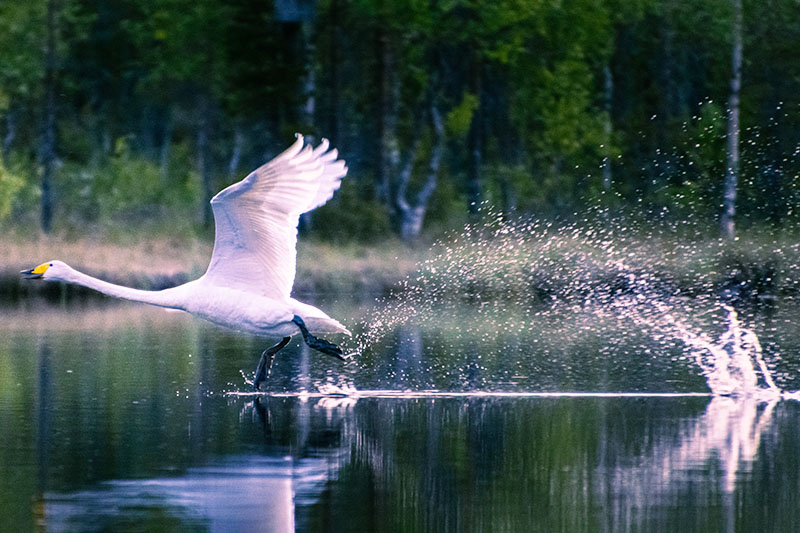The drive north along the east coast (of Iceland) pleased me as these dramatic landscapes usually do. It was high, talus-sloped mountainside port and Atlantic Ocean starboard all the way, with the space between them varying from almost none to a mile, more or less. I don’t remember seeing talus so completely covering a mountain up to near the top like this for mile after mile. A few times it came so close to shore that the roadbuilders had to plow through the loose rock at the risk, I’m sure, of setting loose a slide. Where space allowed, as the mountains moved inland, there were often isolated farm homesteads, usually placed with a clear sense of wanting to be situated fittingly in relation to the cliff or slope behind them and the flatland in front. This being Iceland there was water coming down from precipices in the usual array of patterns. No matter how common, they are always a delight, always creative in finding their way and knowing where they want to go.
—
I have noticed along Iceland roads that everything is named: any stream, however small, that crosses under the roadway, paved roads that intersect, quarter mile dirt tracks leading to barns or houses—they all have a road sign with a name. What the names mean, of course, I have no idea; I would certainly like to know. But whatever they mean, they exist and must tell us something by virtue of existing, but I don’t know what. Just one more question I will carry along and hope to find someone to ask, or more likely, take home unanswered. I have also seen a fair number of swans, Whooper Swans according to what I read; swans are not common anywhere I’ve lived and I enjoy their unique shape. There is only one native land mammal here, the Arctic fox, and I’d be lucky to see one, and probably would prefer not to simply because predators are always in danger from humans, even Icelandic ones, I imagine.
Photo by Juho Luomala on Unsplash


